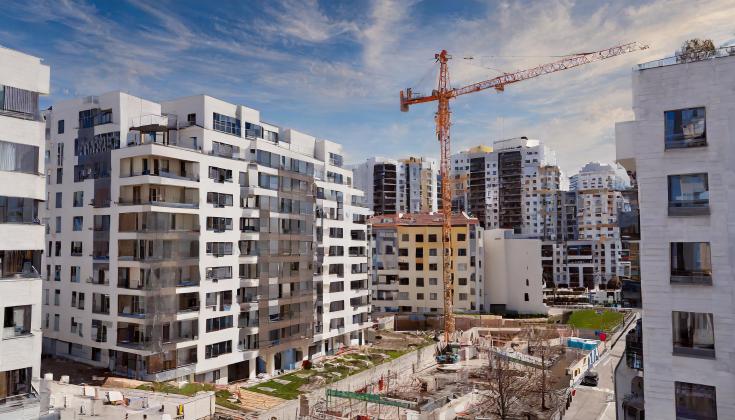Unaffordable housing: call for new strategies

On 5th March 2024, European Union Ministers in charge of Housing adopted the Liège declaration. They jointly identify the lack of affordable housing as a challenge with major implications on social exclusion, individual health, economic inequality, work-related mobility, access to employment and education.
EU State Aid regulations allow social housing policies insofar as they address market failures. However, the European Commission notes that, due to steep increases in housing prices, the group that is ‘unable to obtain housing at market prices’ is getting considerably larger than that of persons traditionally considered ‘disadvantaged’ or ‘socially less advantaged’.
In this context, the Liège declaration’s call for a 'European New Deal for affordable and social housing' resonates as a commendable and justified call for change. However, compensating for social effects of market dynamics also appears increasingly unrealistic. It is necessary to ask why many housing markets exclude a rising share of the population.
Identifying driving factors of exclusion from housing markets
Eurostat’s most recent data indicates that housing prices in the EU fell slightly in 2023. However, they have increased by almost 50% since 2010. In this period, they more than tripled in Estonia and more than doubled in Hungary, Lithuania, Latvia, Austria, Czechia and Luxembourg. Increases in rents, which were 22.1% in the EU as a whole, show similar national disparities.
In attractive areas, local and regional authorities do not have the resources to provide housing to all those who cannot afford to pay market prices. In some parts of Europe, this is a development bottleneck: vacant positions remain unfilled because the housing offer is insufficient or unsuited to demand.
At the same time, more than a quarter of the EU territory is covered by municipalities that lost more than 1% of their population per year between 2011 and 2017. Current Cohesion Policy regulations specify that these areas should be paid specific attention to. However, national plans to do so are voluntary. They have only been established by a few countries such as Italy, Spain and Portugal.
The awareness that population decline in some areas contributes to generating tensions on real estate markets in others is not widely shared. The focus is rather on the fact that the concentration of population and economic activities cities generates higher growth and more knowledge-driven development. Tensions on housing markets reveal the limits of this model.
Putting housing challenges into perspective
One could also target the driving factors of these trends. The digital transition makes it possible to rethink population distributions, and possibly revive polycentric development models of the 2000s. More network-based development strategies would build on an understanding of innovation and development as the product of partnerships, synergies and complementarities between territories, rather than 'heroic achievements' of individual (and mostly metropolitan) localities and regions.
Such new mindsets can make it possible to preserve economies of agglomeration while promoting a balanced distribution of population, and lesser tensions on housing markets. This is an alternative scenario for the 'European New Deal' of affordable housing. The focus does not need to be only on massive investments in construction and renovation.
Such models are already in the making. For example, the European Rurbanive project ambitions to 'revolutionise the dynamics between urban and rural areas through the power of immersive technologies and innovative strategies'. Interreg Europe already extensively supports place reinvention initiatives in rural areas. Their relevance to reduce exclusion from housing markets could be further explored and highlighted.
To go further
On 29 May 2024, the Policy Learning Platform of the Interreg Europe programme will organise a workshop on entrepreneurship in areas with population decline. Entrepreneurship is an important component of place reinvention processes in rural areas, that can help contain or reverse population concentration in metropolitan regions.
Project ideas on housing
About the author
By Erik Gløersen, Thematic Expert for a more social Europe at the Interreg Europe Policy Learning Platform.
Erik has over 20 years of experience in regional development policies and holds a PhD in human geography and planning. His work focuses on sustainable development in areas with geographic specificities such as sparsely populated areas, cross-border regions and outermost regions. He has also worked on the design, implementation and evaluation of Cohesion Policy programmes.




